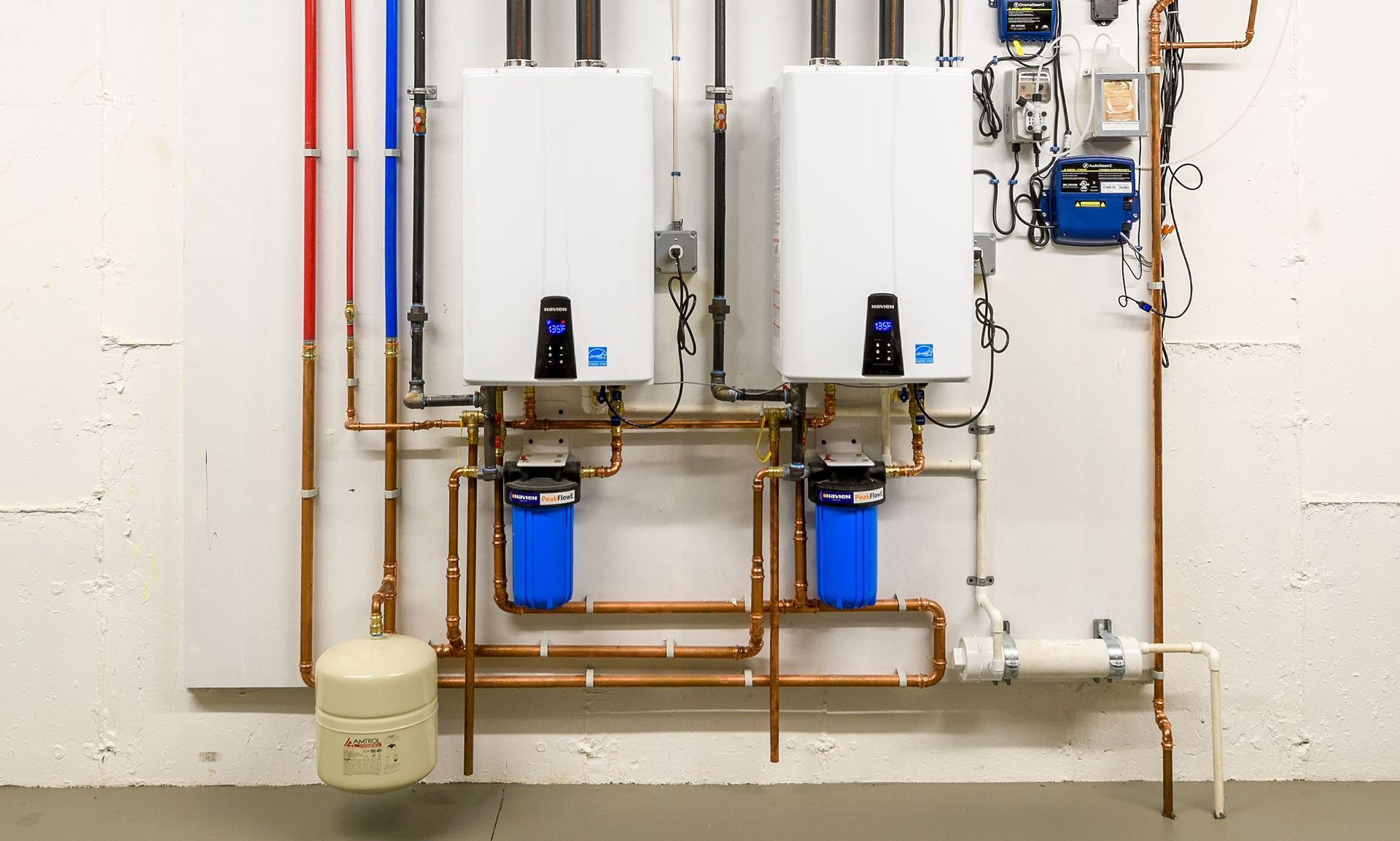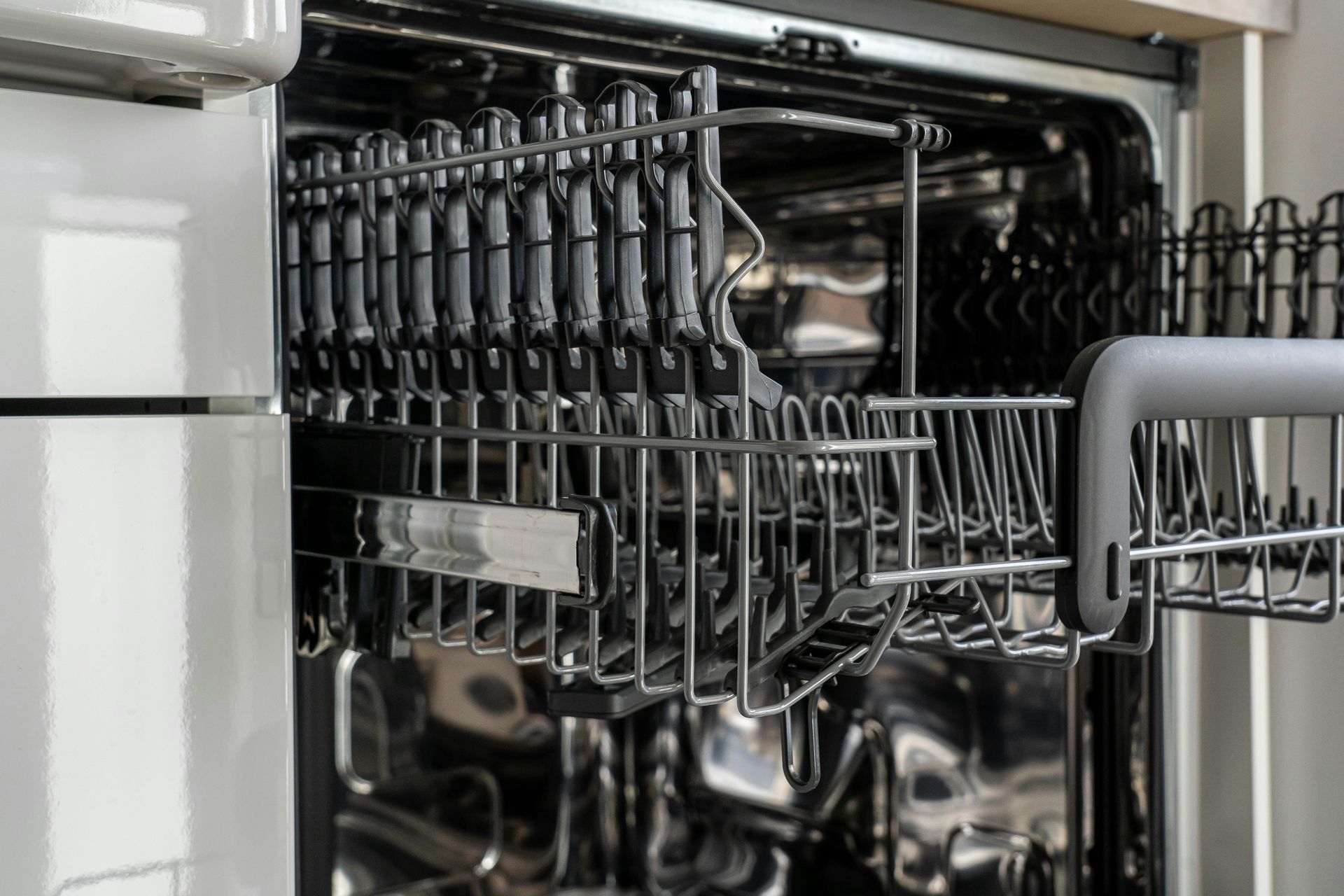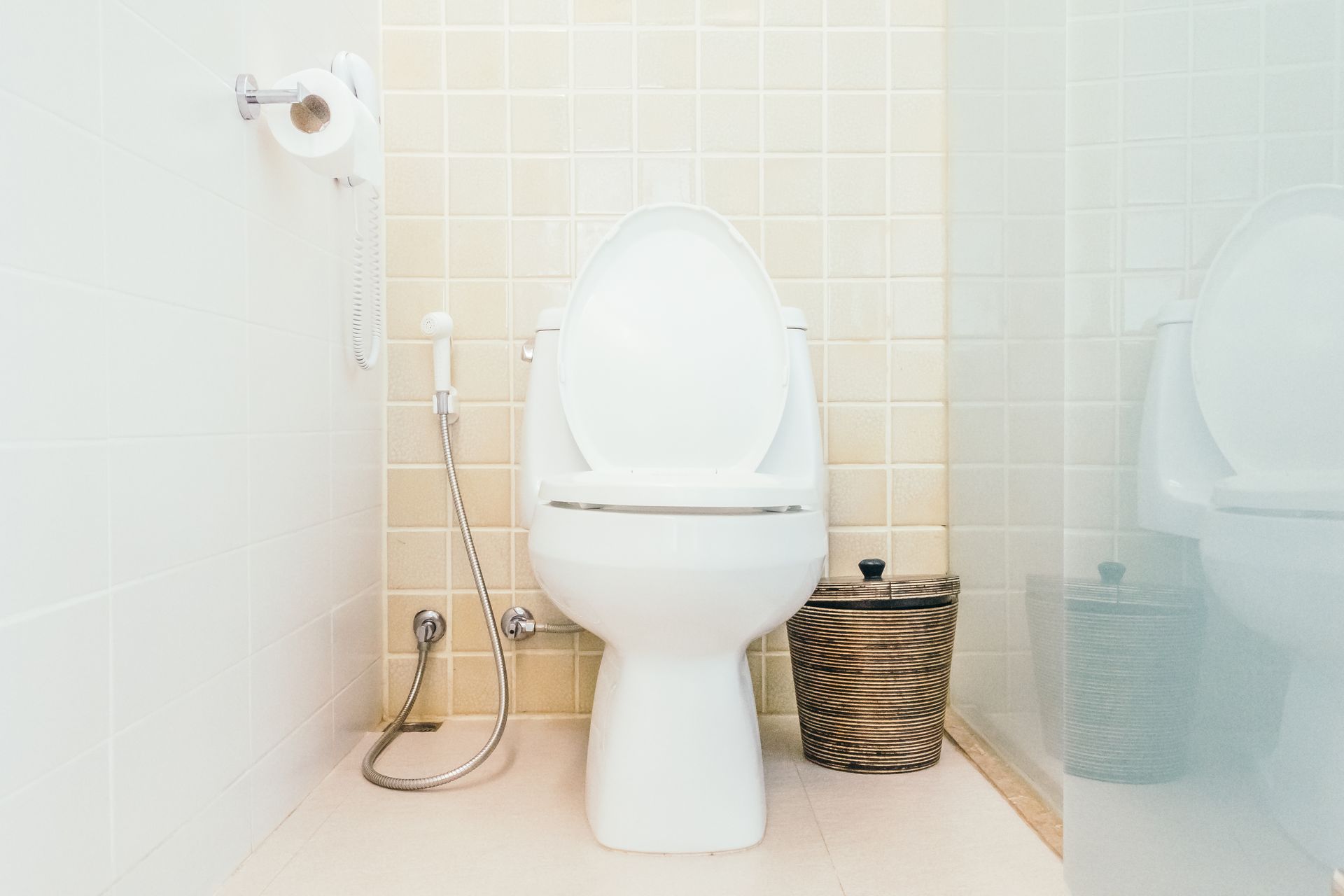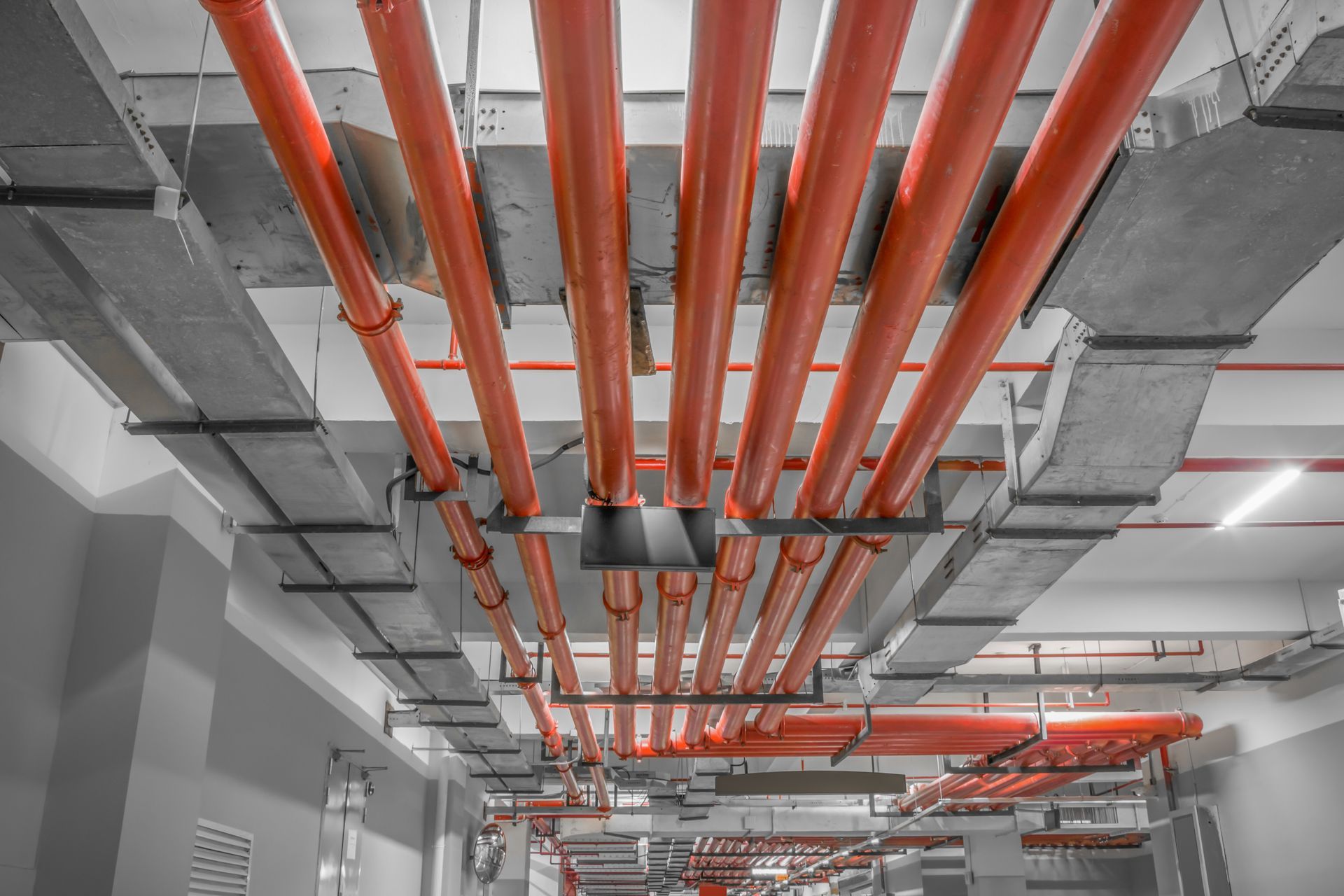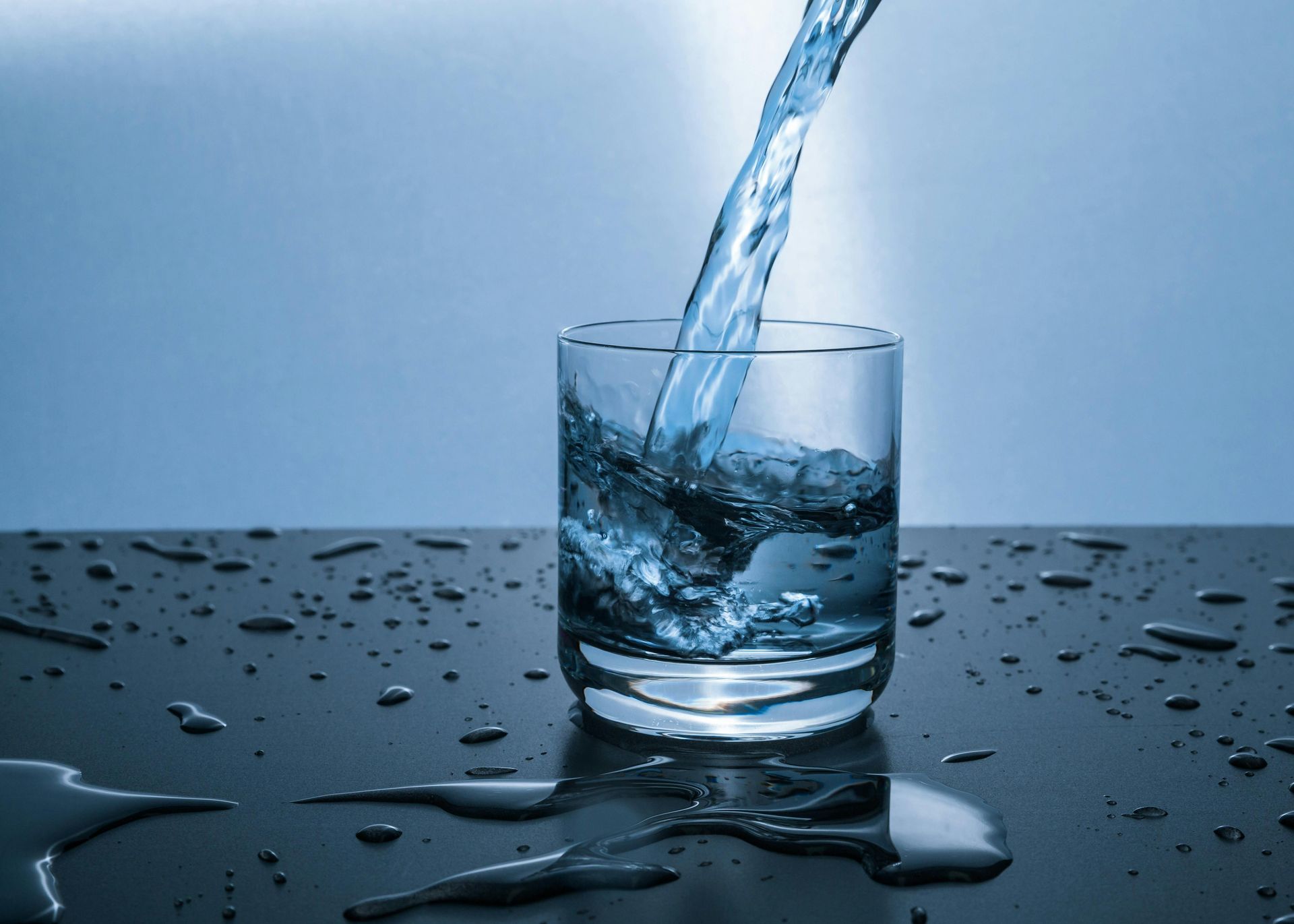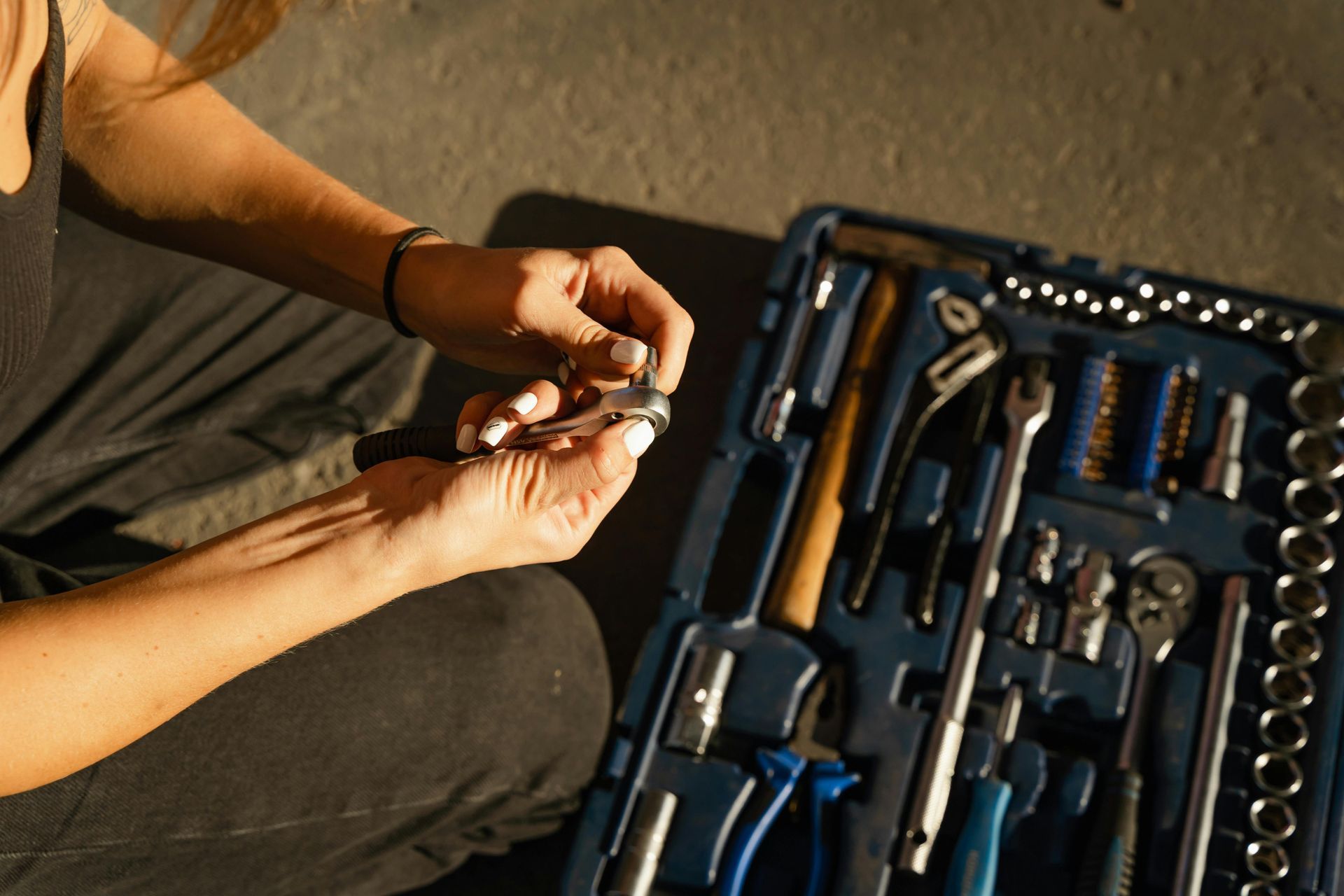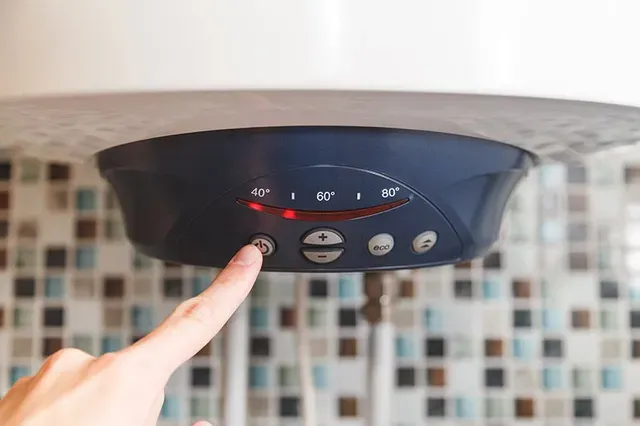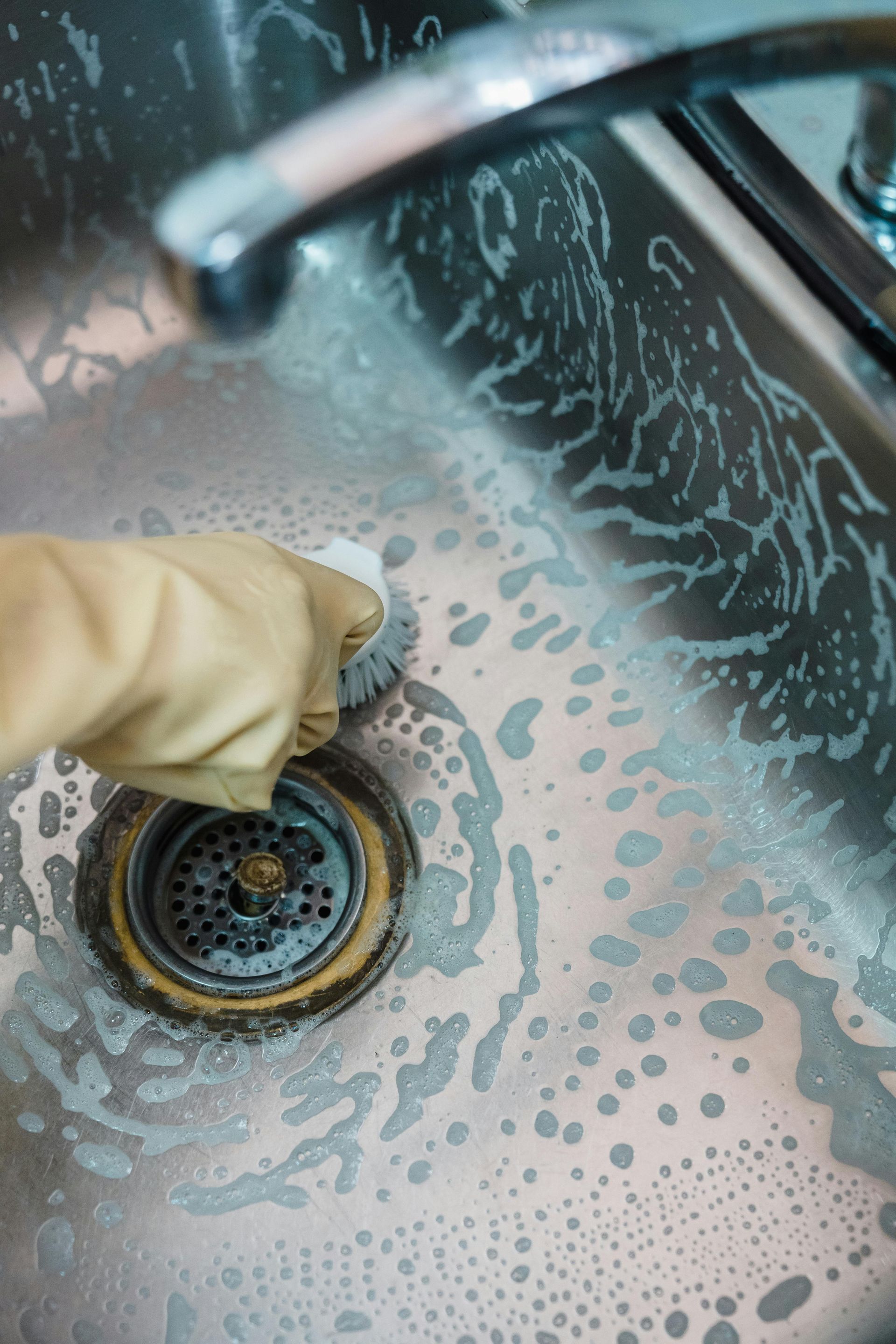How To Maintain A Sump Pump For Flood Prevention?
A sump pump is a critical component in protecting your home from flooding, especially during heavy rains or rapid snowmelt. Proper maintenance of your sump pump ensures it functions efficiently when you need it most, preventing costly water damage to your basement or crawlspace. Neglecting upkeep can lead to pump failure, resulting in flooding and potential structural damage. This detailed guide covers everything you need to know about maintaining your sump pump, including routine inspections, cleaning, testing, and knowing when to call for professional sump pump repair or emergency services.
Understanding the Role of a Sump Pump
A sump pump is installed in a pit or basin-usually in the lowest part of your basement or crawlspace-to collect excess groundwater. When water accumulates, the pump activates and moves water away from your home through discharge pipes, protecting your foundation and interior spaces from flooding. Because a sump pump is your first line of defense against water intrusion, keeping it in optimal condition is essential.
Sump pumps work alongside other plumbing components such as water heaters and expansion tanks, which regulate water pressure and temperature in your home. Proper maintenance of all these systems ensures a balanced, safe, and efficient plumbing infrastructure.
Routine Inspection and Testing
Regular inspection is the foundation of sump pump maintenance. At least twice a year-preferably before the rainy season and winter-inspect the sump pump for visible signs of wear, corrosion, or damage. During these inspections, also check for any mineral deposits around the pump or in the sump pit, as regular cleaning can help prevent limescale build-up, which may affect the pump’s efficiency over time. Check the power cord and plug for any fraying or loose connections, and confirm that the pump is properly positioned upright in the sump pit.
Testing your sump pump is crucial to ensure it activates and pumps water effectively. The simplest test is to pour about five gallons of water into the sump pit and observe whether the pump turns on automatically, removes the water promptly, and then shuts off. If the pump fails to operate or runs continuously, it may indicate a malfunction requiring repair or replacement.
Cleaning the Sump Pit and Pump Components
Over time, dirt, gravel, and debris can accumulate in the sump pit, obstructing the pump’s intake and reducing efficiency. Regular cleaning of the pit is necessary to prevent clogging and mechanical damage. Remove debris by hand or with a wet/dry vacuum, and consider installing a sump pump cover to minimize debris entry.
Cleaning the pump itself is equally important. Disconnect the pump from power, remove it from the pit, and rinse it with a garden hose to clear away sludge or mineral deposits. Pay special attention to the pump inlet screen, which acts as a filter. Use a brush to remove any buildup that could restrict water flow. Keeping the pump clean helps prevent premature wear and extends its lifespan.
Checking and Maintaining the Float Switch
The float switch is the mechanism that triggers the pump to turn on when water reaches a certain level. It must move freely without obstruction. Inspect the float switch regularly for dirt, corrosion, or mechanical issues. If the float is stuck or damaged, the pump may fail to activate, leading to flooding.
Electrical connections to the float switch should also be checked for corrosion or loose wiring. If you notice any problems, it is advisable to seek professional assistance to avoid risking damage to the pump or your home.
Inspecting the Discharge Line and Check Valve
The discharge line carries water away from your home. Ensure this pipe is free of cracks, leaks, or blockages. The discharge should direct water at least 20 feet from your foundation to prevent pooling near your home, which can cause foundation damage.
A check valve installed on the discharge line prevents water from flowing back into the sump pit after pumping. Inspect the check valve for proper operation and replace it if it is faulty. Failure of this valve can cause the pump to cycle unnecessarily, increasing wear and energy consumption.
Backup Power and Emergency Preparedness
Power outages often accompany severe storms, precisely when your sump pump is most needed. Installing a battery backup system or a generator ensures your sump pump continues working during outages. Test backup systems regularly-at least every four months-and replace batteries every two to three years to maintain reliability.
If your sump pump fails during a storm and flooding occurs, do not hesitate to contact emergency services or a licensed plumber immediately. Rapid response can mitigate water damage and protect your home.
When to Call for Sump Pump Repair
Despite regular maintenance, sump pumps can develop issues over time. Warning signs include strange noises, continuous running, failure to start, or visible corrosion. If you observe any of these symptoms, arrange for professional sump pump repair promptly.
Attempting to fix complex mechanical or electrical problems yourself can cause further damage or safety hazards. Licensed plumbers have the expertise and tools to diagnose and repair sump pump issues efficiently.
Additional Plumbing Considerations
Maintaining your sump pump is part of a broader plumbing care routine. For example, if your home experiences persistent drainage issues, drain clearing may be necessary to prevent water backup that could overwhelm the sump pump. Also, ensuring that related systems like water heaters and expansion tanks are in good condition helps maintain overall water pressure and temperature stability, reducing stress on your plumbing.
Conclusion
Maintaining your sump pump is essential for effective flood prevention and protecting your home from water damage. By performing regular inspections, cleaning the sump pit and pump, testing the float switch, and ensuring the discharge line and check valve function properly, you can keep your sump pump in peak condition. Backup power solutions provide added security during outages, while timely professional sump pump repair can address issues before they escalate. Integrating sump pump care with broader plumbing maintenance-including attention to water heaters, expansion tanks, and drain clearing-ensures a resilient home water management system. Proactive sump pump maintenance offers peace of mind, knowing your home is protected when heavy rains or floods occur.
